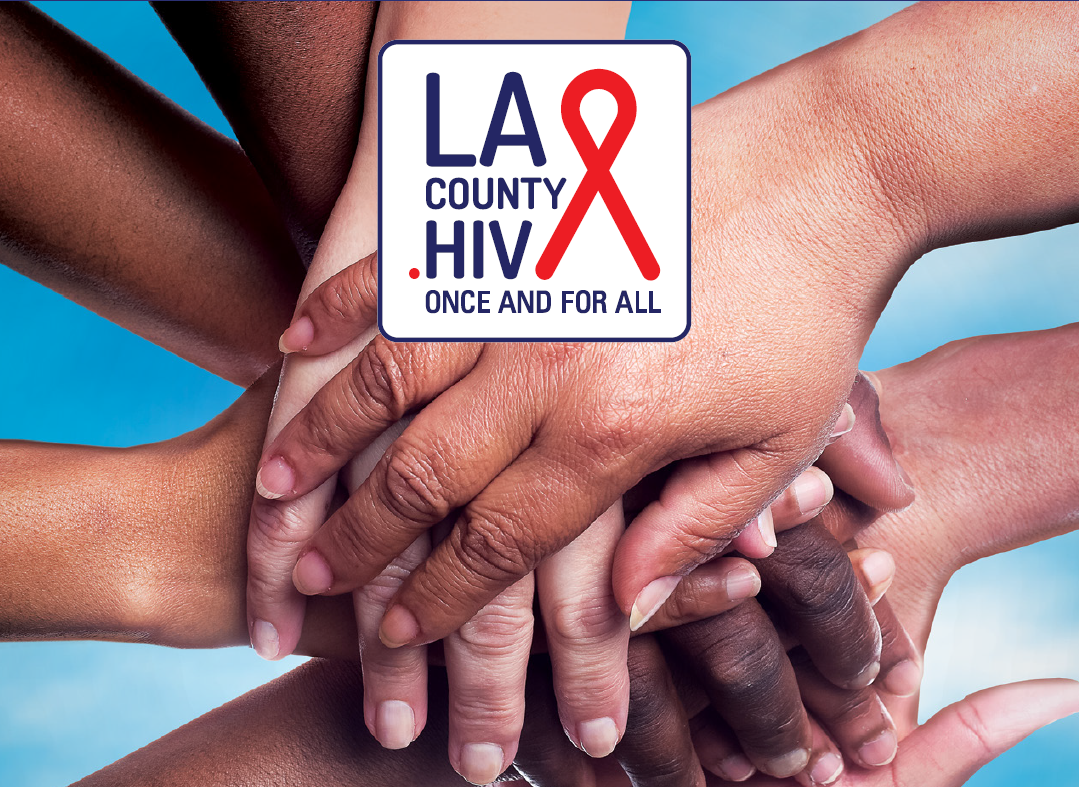Los Angeles County released their HIV/AIDS Strategy for 2020 and Beyond in December 2017. For more information on the Strategy, please download the pdf below or visit the LA County HIV website.
LA County HIV/AIDS Strategy for 2020 and Beyond
An excerpt from the Strategy:
More than 36 years ago, Los Angeles County (LAC) was among several major metropolitan areas in the United States to report the first documented cases of what is now known as HIV/AIDS. Since that report in June 1981,1 an initial group of 5 cases in Los Angeles County would grow to nearly 90,000 diagnosed cases of HIV or AIDS. Almost 30,000 persons diagnosed with HIV/AIDS in Los Angeles County have died. Over that same time, the number of annual new HIV infections reported in LAC would rise to a peak of more than 6,500 and slowly decline to the 1,850 new HIV infections estimated for 2017. The number of residents with undiagnosed HIV infection would grow to more than 15,500 in the early 2000s and slowly decline to an estimated 8,900 (or about 14% of all persons living with HIV) today. There has been steady, deliberate progress, but a public health imperative calls on all of us to do more.
Today, more than 60,000 persons live with HIV in Los Angeles County, and many people living with HIV are effectively managing their infection (as measured by the undetectable levels of HIV in their bloodstream, or viral suppression) with the use of highly active anti-retroviral therapy (ART). Many of our most marginalized and disenfranchised residents can achieve viral suppression through the combined access to lifesaving treatment and a menu of services that improves health system navigation and access (including to physical, mental and oral health services, housing stability, food and nutrition services, substance use treatment, care coordination and transportation services). For tens of thousands of persons in Los Angeles County with either undiagnosed HIV infection or who have been diagnosed, but for a multitude of complex reasons have unmanaged HIV infection, the benefits of scientific progress, public health action, and clinical intervention will be realized if they are diagnosed, linked to care, and treated in a timely manner.
To read the complete introduction and the strategy for 2020, download the pdf LA County HIV/AIDS Strategy for 2020 and Beyond or visit their website!

